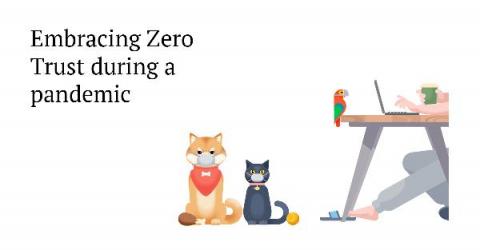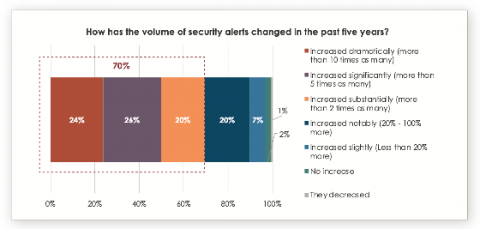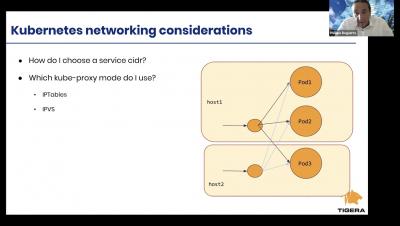Operations | Monitoring | ITSM | DevOps | Cloud
Security
The latest News and Information on CyberSecurity for Applications, Services and Infrastructure, and related technologies.
Supercharged SOAR: Meet Splunk Phantom 4.9
The number of cyberattacks launched on organizations continues to rise every year. More attacks means more security alerts that security analysts have to triage each day. Many security teams have turned to a security orchestration, automation and response (SOAR) tool to help them automate the ever-increasing volume of security alerts, and respond to threats faster and more comprehensively.
Five worthy reads: Embracing Zero Trust during a pandemic
Five worthy reads is a regular column on five noteworthy items we’ve discovered while researching trending and timeless topics. With the rising concern over cybersecurity in remote work, this week we explore the concept of the Zero Trust model in cybersecurity.
How to monitor Golden signals in Kubernetes
What are Golden signals metrics? How do you monitor golden signals in Kubernetes applications? Golden signals can help to detect issues of a microservices application. These signals are a reduced set of metrics that offer a wide view of a service from a user or consumer perspective, so you can detect potential problems that might be directly affecting the behaviour of the application.
Create Reproducible Security in Kubernetes with Helm 3 and Helm Charts
With the growing popularity of containerized applications, organizations and startups at all levels need to manage their Kubernetes deployments more safely at scale. Today, there is an expanding list of tools and services that can help do this. One of these services is the package manager known as Helm.
Now GA: Data-in-Transit Encryption in Calico v3.15
We’re excited to announce that the latest release of Calico includes encryption for data-in-transit. Calico is the open source networking and network security solution for containers, virtual machines, and host-based workloads, offering connectivity and security for container workloads. One of Calico’s best-known security features is its implementation of Kubernetes Network Policy, providing a way to secure container workloads by restricting traffic to and from trusted sources.
macOS vs. Windows - What kernels tell you about security events: Part 2
This post continues this two-part blog series on further understanding the differences between macOS and Windows on the system level for effective endpoint security analysis. In Part 1, we covered process events. Here in Part 2, we’ll discuss file and network events. As with Part 1, my hope is to help cybersecurity professionals expand and enrich their experiences on a less familiar platform, ultimately helping them to be better prepared to face differences from past experiences.











